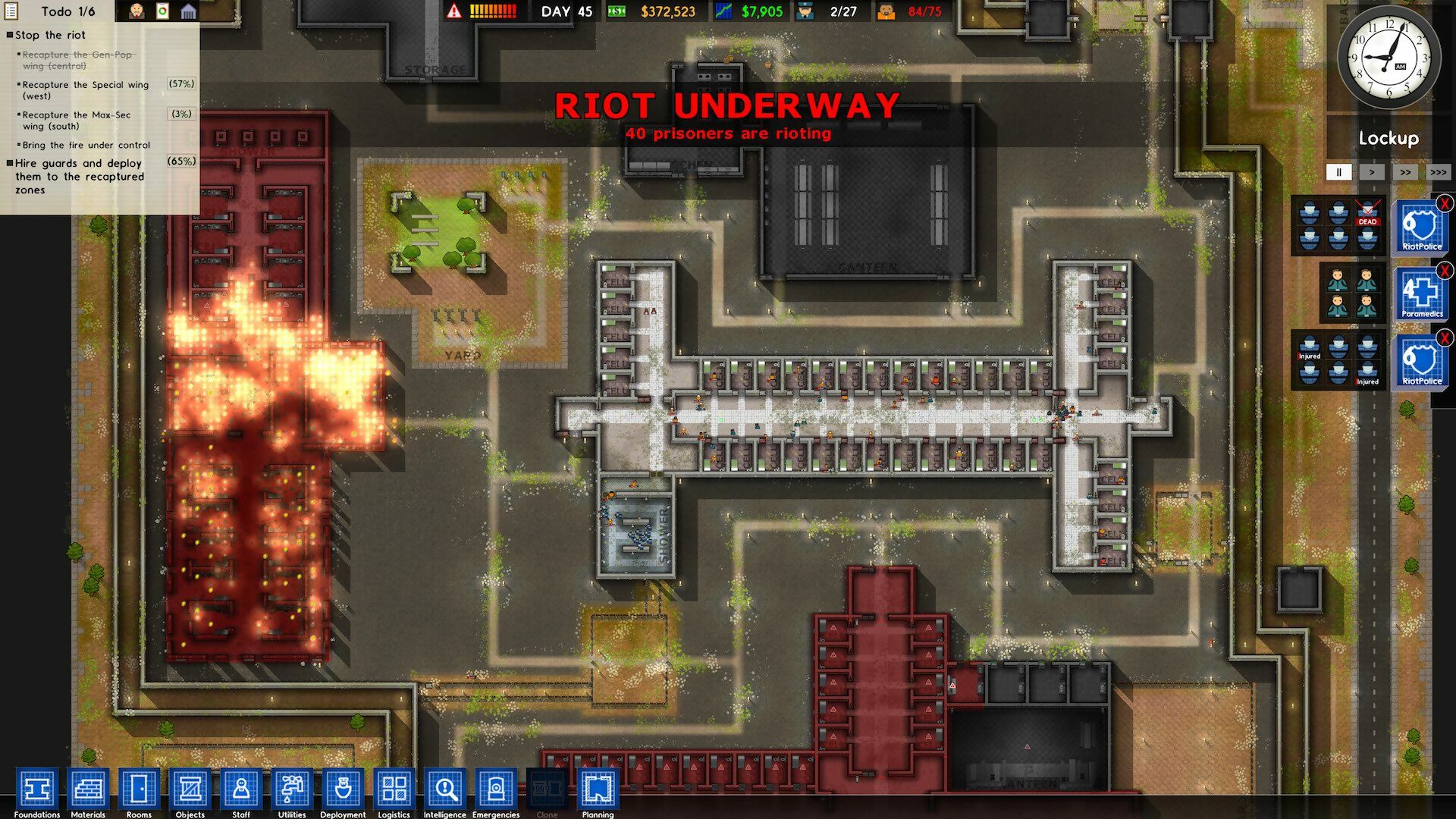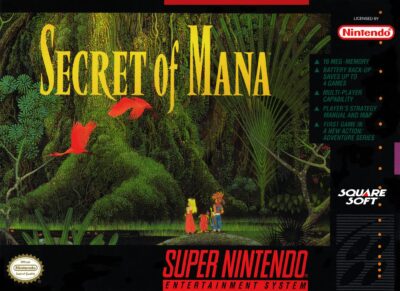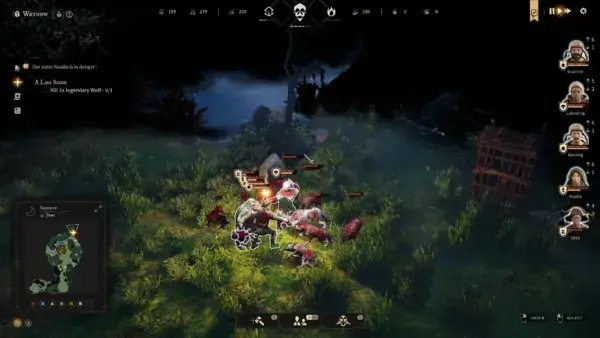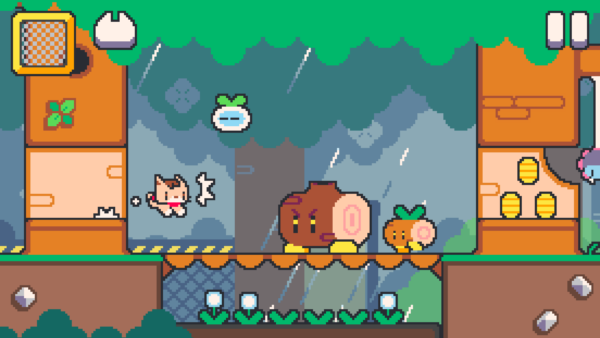
The games industry has largely moved on from the conception of marketing as a process which is applied to a finished product. Even the smallest indie now tends to have some awareness of the increasingly fraught and competitive landscape for interactive entertainment, and some understanding that they’re making a game with a particular audience in mind.
Marketing itself has changed significantly in the last decade, with an increasing shift towards rapid-fire social content and away from carefully crafted PR messages. Momentary impact seems to be everything, and that can often feel incompatible with the laborious, opaque, and sometimes fairly tedious process of making a video game.
Here, I’ll discuss how modern marketing methods and thinking can be a boon rather than a curse when it comes to game development. By working together and internalising some marketing concepts from the get-go, developers and their marketing counterparts can do a lot to help each other survive the brutal Content Apocalypse of our contemporary era.
Bear in mind that marketing doesn’t just mean ‘selling’: it’s about finding an audience, serving its needs, and beating its expectations. For a game to thrive, it needs to have a real impact on real people: in order to do that, it has to reach them and then leave a lasting impression. I’ll explore the practical implications of this and give you a few ideas you can apply to your own projects.
Attention and Retention
Gaining and keeping an audience is the objective here. As well as being a good lens for marketing, it’s also an excellent framework for design. In The Pyramid of Game Design, author Nicholas Lovell describes what he calls a ‘retention layer’: the component which stores progress and gives the player a reason to return to the core gameplay loop.
World maps, planning screens, and even simple leaderboards can all function in this way, and their main job is to keep players playing. Sometimes referred to as a ‘metagame’, this is just one example of how a marketing concept can interface effectively with design.
Getting noticed
Let’s start with attention. As every content marketer knows, you have a very brief period of time (often less than a couple of seconds) to gain attention and start to convey a message. A similar question presents itself within your game design: how can you hook the player?
In his book The Advertised Mind, Erik du Plessis talks about the relationship between attention, emotion, and long-term memory. As we create memories, they are tagged with emotions, often powerful and primal in nature: think excitement, joy, or fear.
Du Plessis describes the “supervisory attentioning system” which is “monitoring the environment for cues to make you change the focus of your attention.” To trigger that change, we need to fire the “big emotions” that are readily linked to memory.

Doom stood out among other titles of the time with its fast and furious actions, controversial satanic imagery, and adrenaline-fuelled, in-your-face stylings.
Traditionally, video games were aimed at creating a thrilling rush; at triggering a base reaction from the player. A title like the original Doom was so successful at the time because it evoked an unparalleled sense of speed and adrenaline-pumping threat. Its violence felt transgressive and shocking.
At the other end of the spectrum, you have the ‘cuteness response’. Associated with young animals and babies, large round eyes, softness, rounded body shapes, and other cute factors, these can have a huge emotional impact on even the most jaded hardcore gamer.
As the audience for games has broadened and matured, we can now see a much wider range of emotions on show. Some types of simulation and city-building games play on our desire for ordered systems, safety, and control; survival titles reset our concerns to those of our ancestors: as long as your game packs an emotional punch, you can swing in any direction you might want to choose.
Sally Hogshead’s book Fascinate suggests attentional triggers that humans find irresistible, among them lust, mystique, threat, prestige, and vice. Emotions don’t have to be simplistic to be powerful: new game genres or indie outliers often define their own emotional timbre; think of Untitled Goose Game’s pleasantly subversive cuteness or Goat Simulator’s free-wheeling mania.
Visual Acuity
Your game’s graphics needs to sell the emotion. In marketing terms, their job is to convey your value proposition: what feeling can this give me?
Once you’ve made it through the very early stages of prototyping gameplay and are starting to think about concept art, consider taking a step back to visualise a short scene containing a single emotional beat. How does that scene play on your audience’s base instincts, as well as on their memory, in order to leave its mark?
In pure visual terms, you’ll need to think about contrasting elements: how can an eye-catching, surprising, shocking, awe-inspiringly different element stand out from the background?

Erik du Plessis’s The Advertised Mind takes a look at the neuroscience of advertising. It’s a little old now, but some of its core principles are still worth considering / Derek Thompson’s Hit Makers looks at the process of creating breakout hits. It’s useful when thinking about innovation and originality / The Pyramid of Game Design is a worthwhile primer on how efforts to serve an audience can inform game design
Purple Cows
Many game developers aspire to create something unique that will stand out from the crowd; similarly, marketing theory abounds with discussion of unique selling points and other efforts to define the mechanics of creating an outlier.
Seth Godin wrote about the “purple cow”: a product so remarkable that people just can’t help but mention it to their friends. The process of concepting a game is often about trying to build something that’s never been seen before, but there are some complexities to this that are worth taking into account.
In Hit Makers, Derek Thompson discusses the need for both familiarity and novelty in any breakout success. We’ve seen how strong emotions are often linked to specific memories, so a game which is too radical in its newness can merely come across as confusing and alienating – it can’t be anchored to anything concrete.

The developers of Billie Bust Up use Patreon to support their work, and as a platform for reaching their most dedicated fans.
The audience for games tends to form an opinion extremely quickly: if your game is in unfamiliar territory, they will often try to liken it to the closest thing they’ve seen before. This can have unforeseen consequences: a positive association could give you a boost but also create some false expectations.
Some designers tend to worry that their idea is too similar to other existing titles, that somebody else might ‘get there first’ or that certain genres are already fully saturated. More often than not, these beliefs are false and can be paralysing and unproductive: if your game is well-executed with a slight original twist in a popular genre, it can stand to be extremely successful.
Many games which are thought of as extreme outliers, such as Fortnite, League of Legends, or arguably even Minecraft, owe more to their predecessors than they do to a magical lightning bolt of creative inspiration.
Retention
There’s often a strong correlation between how much a game is played and how successful it is overall. This sounds fairly asinine, even necessarily true, but there’s a bit more to it than that. If someone is able to invest significant time in a game, they’re able to use it for the following functions:
• Socialising – this works even in a single-player context: the game becomes an interest that can be shared with others and used as a point of common ground.
• Storytelling – events in the game world can become compelling stories for others to experience, even if they don’t play the game themselves.
• Creativity and performance – much of Minecraft’s secondary success was due to the content players were able to create with it.
• Competition and self-imposed challenge – players often use games to test their own nerve, perseverance, or ability to achieve the seemingly impossible. Speedrunning is a great example of this.
It would be easy enough to list other ways in which players experience a game and then extrapolate these out to different needs which are being met, but the key point here is to understand the long-term value of your game. Making sure that there is enough content to satisfy players has a dual marketing and development function.

Minecraft originated as a riff on Zach Barth’s game Infiniminer, demonstrating how delivery mechanisms and presentation can play a more significant role in success than a game’s base mechanics.
Players who have these needs met over a long period of time will want to share their experiences with others; they will want to bring their friends into the game or brag about their achievements in public. They might want to purchase additional content, buy merchandise, or participate in fan communities.
Making your game playable for a significant period of time isn’t just an abstract exercise in creating a ‘good design’ – it’s a direct connection between your game and its audience.
Synergies
We’ve looked at how marketing can inform development, but let’s turn the tables for a second.
There’s been much talk of ‘open development’ in recent years, particularly among indies. This is usually presented from the perspective of ‘showing the process’ – involving the community and others with the day-to-day struggles of making a game.
This is a great starting point, and producing regular content of any kind is a great step up for most studios in contrast to the PR-driven approach of the past. Open development can, however, miss out on one key element: value for the end consumer.

Factorio’s launch trailer shows the player’s progression from a single basic unit to a vast system of interlocking facilities. It’s a perfect encapsulation of the game.
If your marketing isn’t providing value to others, it won’t gain traction. As people become more selective with their attention, they turn away almost immediately from things which don’t give them any discernible benefit. The trick is to turn your development process into content which has real value. Let’s think about some different types of value:
• Practical: ‘How To’ style content; tricks, tips, tools, and approaches.
• Entertainment: comedic videos, memes, likeable personalities.
• Informational: useful data, interpretations of existing data, advice.
• Aspirational: demonstrating possible career path or lifestyle.
There are many other ways people use content to improve their lives (or at least to gain the sensation they’re improving their lives), but this subset can be useful to bear in mind. So, instead of having an animator simply talking about their day in a short video clip, you could look at the task they were doing and turn it into a simple ‘How To’ video.
It doesn’t matter if the content is so obscure that it will only benefit a tiny subset of other developers: if it’s genuinely useful, it could well find an audience. You may be surprised by its reach – people generally enjoy behind-the-scenes content, and it can provide a spark to think about a new career move or hobby.
Diamonds in the Rough
It can seem challenging to find the value in the day-to-day grind of game development, but taking the time to think about the concerns of others is a good route to this. Just as we discussed thinking about player needs, you can apply this mindset to a much wider audience.

The Game Dev Guide YouTube channel helps indie developer Matt Gambell turn his experiences into bite-sized Unity tutorials.
Indie developers such as Jake Birkett (@GreyAlien) and publishers like Mike Rose (@RaveofRavendale) regularly post their analysis of Steam data on Twitter; others like Matt Gambell with his Game Dev Guide project (@GameDevGuideYT) focus on more development-centric content. Whatever your area of specialism, think about how to communicate it to others in that field, particularly those just starting out.
Market Value
Bringing together development and marketing thinking from the start of your project is the best way to create a healthy dialogue. Here are some ways you can keep the conversation going:
Always express value
If a feature doesn’t benefit the player directly and have a material impact on their experience, it may not be necessary. A good test here is: Could you explain it in a sentence on a store page?
Who is it for?
What type of behaviour is this individual feature or entire game looking to facilitate? How can friction be reduced to make that process as straightforward as possible?
Engagement over time
How are you engaging a new player, and how does your design reinforce and reiterate that engagement? Are you showing this progression in your marketing or is everything too flashy and front-loaded – players want deep, evolving experiences, so how is that being conveyed in trailers and GIFs? Think about the player’s experience at different stages in their relationship with the game.
Where’s the attention?
There’s a tendency to focus on marketing channels that are easy and readily available, occasionally at the expense of ones which are more effective. Understanding your game’s design, and where the audience for that design are likely to hang out, should point you in the right direction.
A reason for excellence
If your game is in a well-established category, you will need to execute its most salient elements to a high level. Use references and player stories to help you navigate this: for example, if your game has a building mechanic then how does this stack up against the titans of the genre? You don’t need to focus solely on contemporary games, either: check out some classic titles as well. Are you doing the same things with the same degree of panache?

Codebyfire’s The Colonists was based on older city-building titles, but used a modern visual style and UI features to help it stand out.





